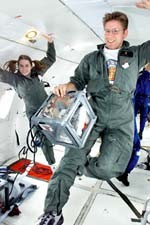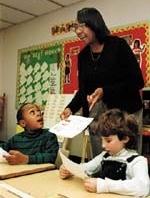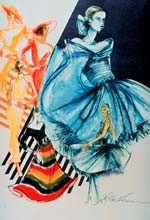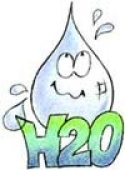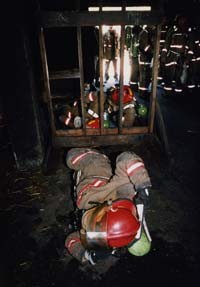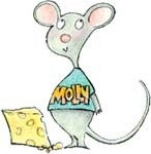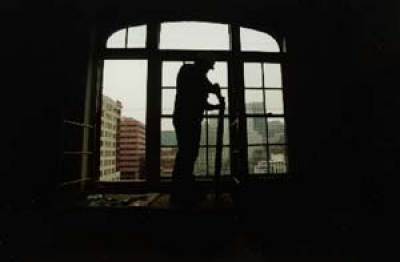Plane facts
Is the airline you fly all it's cracked up to be? Or should they crack
down on some of their older planes?
Two University of Cincinnati researchers are proving that metal
fatigue inside planes can cause damage that's not visible to the
naked eye. The research team has developed a new test that can find even extremely tiny cracks before the damage becomes hazardous.
Peter Nagy, UC associate professor of aerospace engineering, and graduate student Zhongyu Yan can spot defects as small as half a millimeter in length in aluminum and titanium, metals commonly used for airplane fuselages and engines, by combining laser heating and ultrasonic inspection methods.
The researchers' dual approach also measures the severity of the damage. The earlier a problem is detected, the fewer equipment failures should occur. And the safer your flight should be.
Nagy wins Roy Sharpe Prize (2008)

 Past Issues
Past Issues
